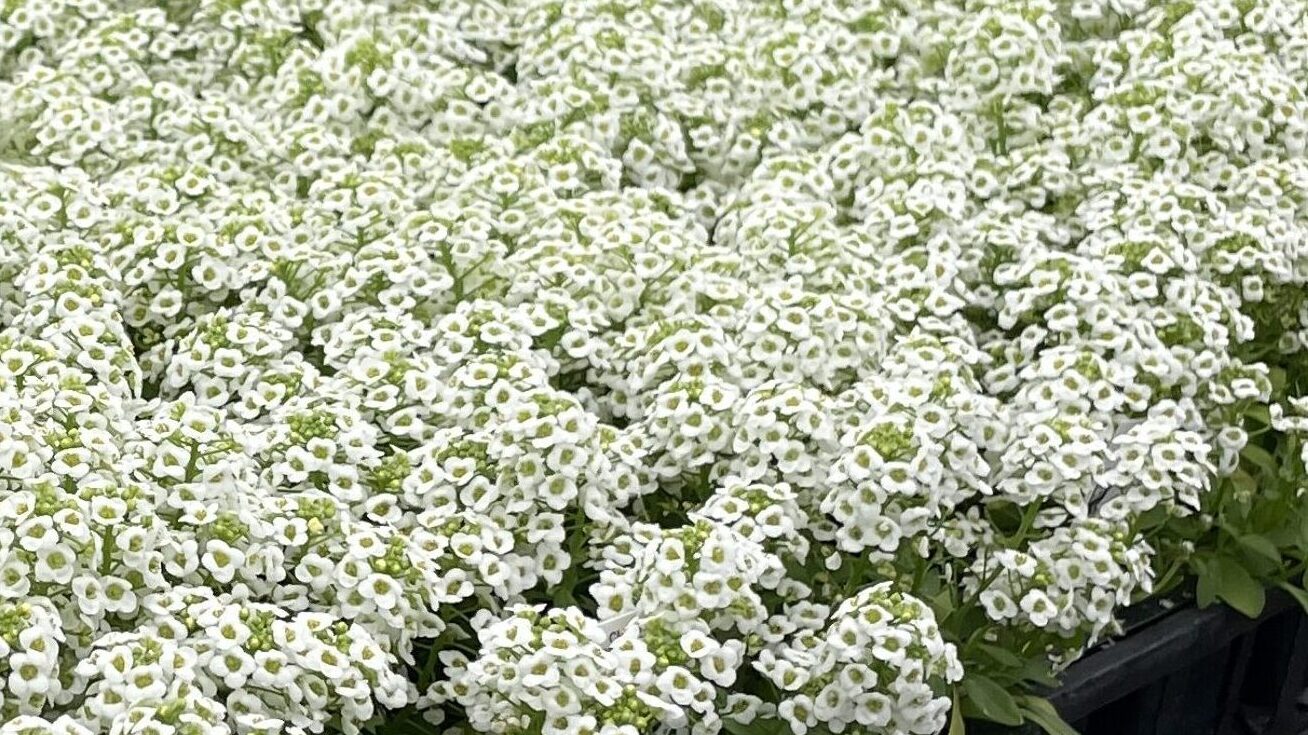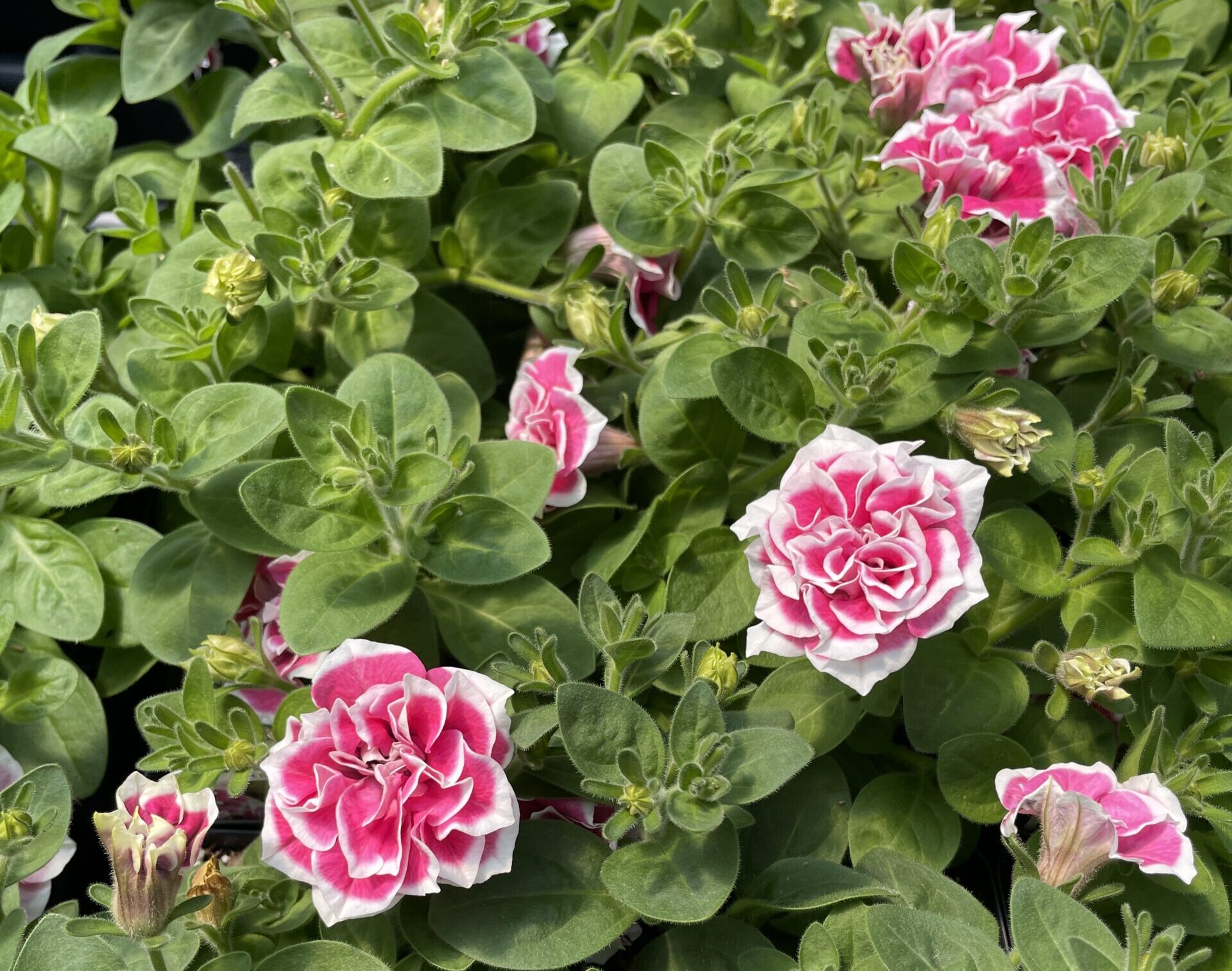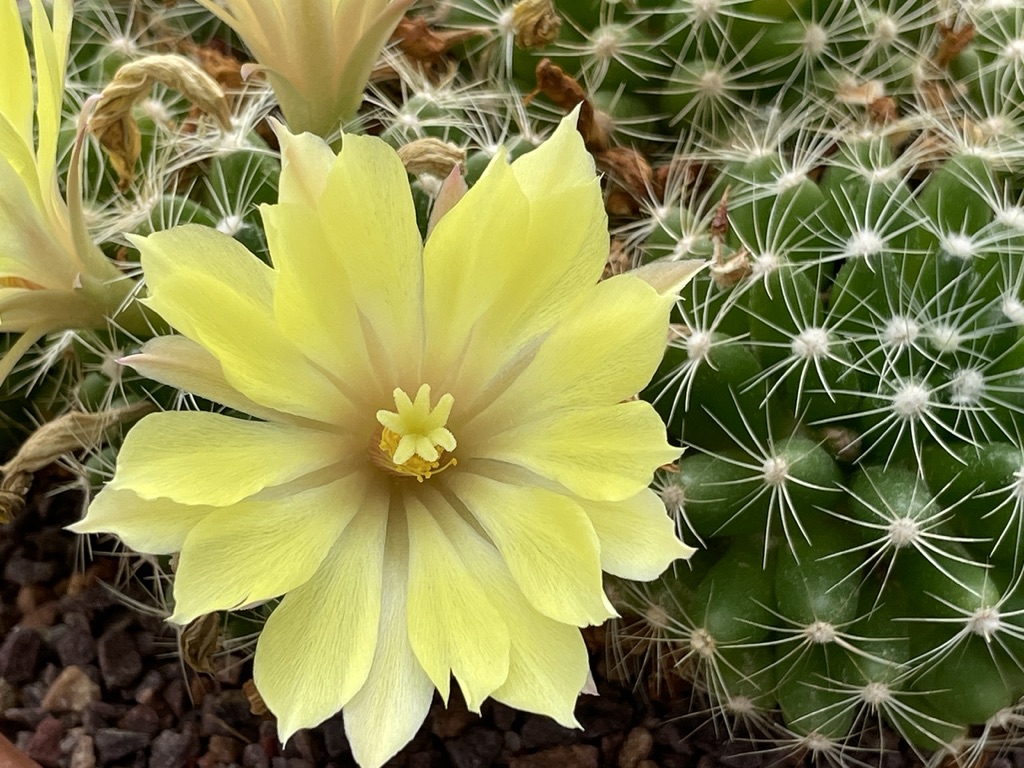In the cold winter months, most outdoor gardening slows to a halt. Gardeners are indoors browsing seed catalogs, tending to houseplants, and dreaming of the season ahead. However, there is one job worth sharpening your shears for and venturing out into the elements: winter pruning your shrubs.
Winter pruning the appropriate shrubs offers two major benefits. First and most importantly, there is a lower risk of disease, as most pathogens are dormant in winter. Secondly, the winter months offer the best view of a deciduous shrub’s bone structure, which makes pruning much easier.
Like any other time of year, pruning with the correct cut is essential. Here are the four main types of pruning:
Thinning cuts (also known as collar cuts or removal cuts) involve removing a side branch to the base of the trunk. Cut just beyond the branch collar, where the bark from the trunk joins the bark from the side branch. These cuts let you thin out the center of the shrub and remove any crossing branches. In some cases, you can also drop the height of the shrub.
Heading cuts involve pruning back to a node (essentially a dormant bud). This helps guide the direction of your plant’s growth and create more density. If you want your plant to grow outwards (a good idea, as inward-facing branches often cross and create problems) make a cut with the node facing outwards.
Rejuvenation pruning (or hard pruning) involves cutting a shrub all the way down to its base, usually between 6 and 12 inches above the soil line. This extreme form of pruning is designed to rejuvenate a misshapen or overgrown shrub. It is normally done every few years and should not be performed on conifers, sick or stressed shrubs, or shrubs with a single main stem. If you are pruning a shrub grafted onto a different rootstock, prune well above the graft line. And if you are rejuvenating a spring-flowering shrub, be aware that you will be sacrificing this year’s blooms.
Shearing involves removing the soft, new growth on the outside of shrubs. It’s usually performed on hedging shrubs, such as boxwoods and yews. Shearing shrubs in winter is uncommon.
Types of plants to prune in winter
Shrubs with dead branches: Winter is a great time to thin out dead branches on shrubs. Spotting dead branches on evergreens (such as conifers and boxwoods) is especially easy.
Plants in need of rejuvenation pruning: Ninebark, witch hazel, elderberry, spirea, pussy willow, lilacs, forsythia, and sumac are some of the many shrubs you can hard prune if thinning cuts don’t seem like enough. As mentioned earlier, you will be sacrificing this year’s blooms on spring bloomers—but you will also reduce the possibility of disease. Dogwoods are excellent candidates for winter rejuvenation pruning because their young new branches offer the most vivid colors for winter interest.
Shrubs that flower on new wood: The classic example of this is panicle and smooth hydrangeas. In late winter/very early spring, thin out any spindly young branches so the plant can send all of its energy into making big blooms on sturdy branches; next, turn back those branches directly above an outward-facing node.
Types of plants not to prune in winter
Plants that flower on old wood: This includes bigleaf, mountain, and oakleaf hydrangeas, as well as climbing and rambling roses.
Spring-blooming shrubs: You can thin out weak branches during winter when it’s easier to see the branch structure. However, if you are worried about losing blooms, you can also wait to prune two weeks after the blooms fade.
Hedging plants: Shearing now could potentially cause frost damage on freshly cut tips. Wait until spring after the threat of frost has passed.
Post-pruning care and additional tips
Sharpen and sterilize your pruners: Clean cuts are healthy cuts. They also look nicer. Sterilizing between shrubs further protects them from pathogens.
Watering: Water the shrub if the soil is dry. Even in winter, plants can experience moisture stress.
Mulching: If you’d like, apply a layer of mulch around the base of the shrub. Mulching helps retain soil moisture and insulates from extreme temperatures. (Be sure not to put mulch over open cuts.)
Protection from extreme conditions: In the event of extreme cold, it may be worth using a plant cover to protect the recovering shrub.
Prune judiciously: Not pruning back to a node or an existing branch can result in spindly and unattractive growth—and require more pruning in the future!
Winter pruning resources
Article: Pruning Deciduous Shrubs (Morton Arboretum)
Video: Winter Pruning With Dave Cantwell (Chicago Botanic Garden)
Video: Winter Rose Pruning Guide (Ben Hamilton Anderson – The David Austin Roses expert)
Video: Winter Pruning Tips (HorTube with Jim Putnam)
Blog post by Antonia Davison, FOPCON Volunteer








